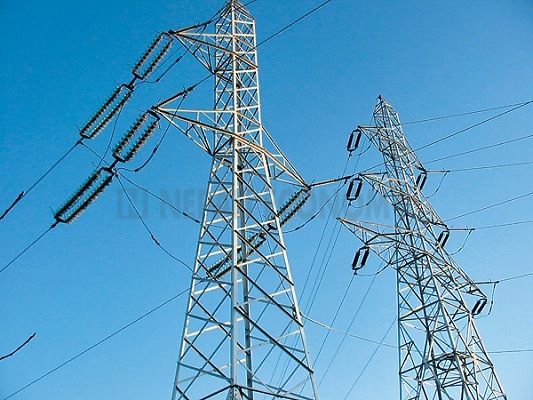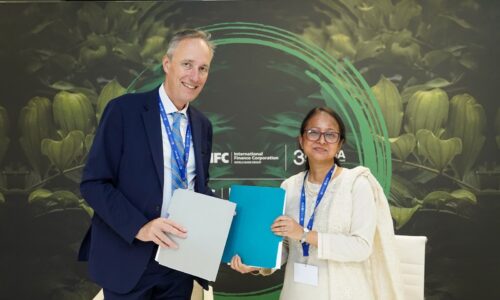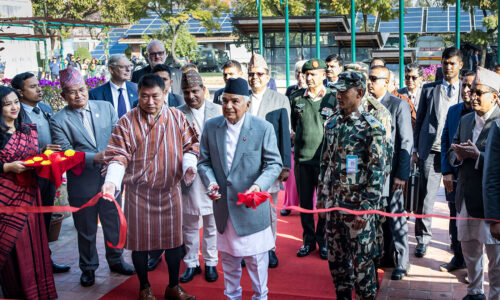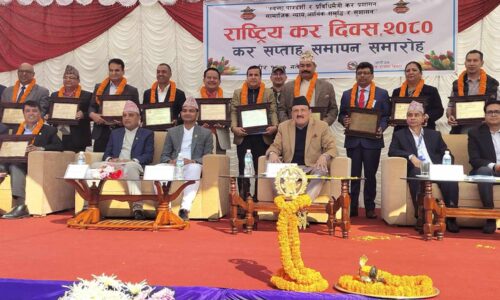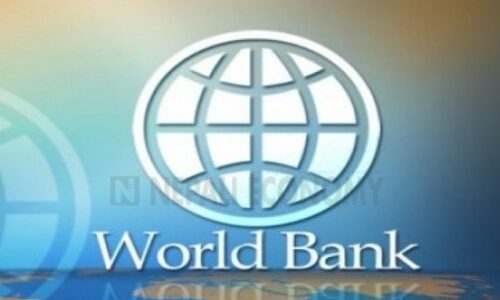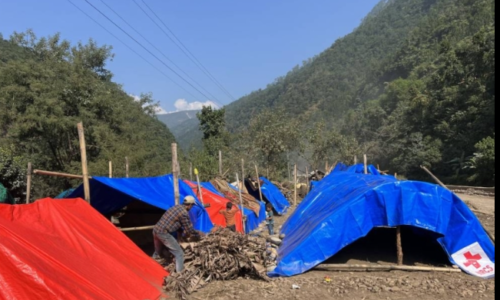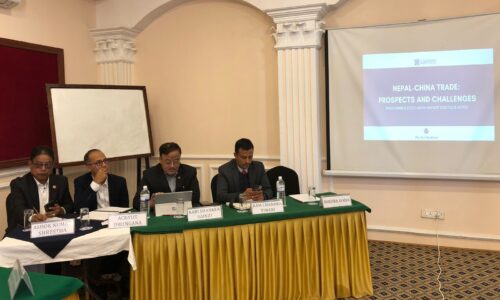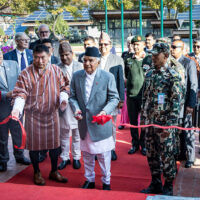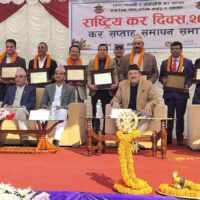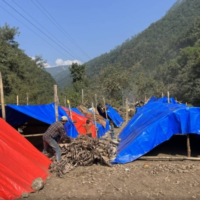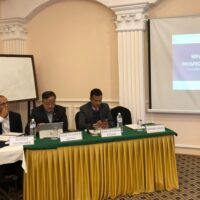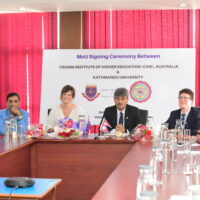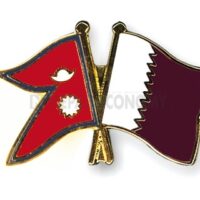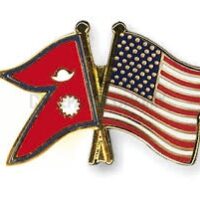Development partners are planning to invest in transmission lines to help Nepal transmit energy produced from hydropower projects.
Asian Development Bank (ADB), European Investment Bank (EIB), Norway and Strategic Climate Fund are prepared to invest in a $ 440-million project under which new transmission lines will be erected in the Marsyangdi and Kali Gandaki corridors as well as Marsyangdi-Kathmandu section will also be constructed.
Lack of transmission lines has been a major deterrent to potential local and foreign investors in the hydropower sector, prompting donors to help Nepal set up power lines by providing a massive cash infusion.
The government has prioritised construction of transmission lines in the Kali Gandaki corridor (220/400 kV double circuit) and Marsyangdi corridor (220kV double circuit) and has requested the ADB for financial support.
Likewise, there is also a component of renewable energy.
The construction of new transmission lines will take place under the ADB’s South Asia Sub-Regional Economic Cooperation (SASEC) Power System Expansion Project. The bank will administer the resources to be provided by other donors too.
The ADB has confirmed that it plans to invest $ 180 million in the project subject to approval by its board. According to officials at Energy Ministry, the government will invest around $ 60 million and donors will put up the rest of the required capital.
However, Nepal and development partners are yet to negotiate loan.
Currently, a fact-finding mission of the donors is studying the proposed transmission line projects.
The ADB and the EIB are joining hands in the mega power sector project after first pledging to invest in the 140 MW Tanahun Hydropower Project with other donors. It was one of the biggest investments by donors in transmission lines at a time when the country’s focus has been on infrastructure.
The ADB said that the project had been initiated considering the fact that an inadequate power evacuation network was a bottleneck to meeting domestic power demand and engaging in power trade with neighbouring countries.
Lately, the government has focused on constructing these transmission lines as the Central Region is the major consumer of power.
Meanwhile, Nepal is also planning to construct a second cross-border transmission line from Bardghat in Nepal to Gorakhpur in India to export electricity from hydropower projects in the Kali Gandaki and other basins.
The mega hydropower developments is going to currently in the Kali Gandaki and Marsyangdi basins, targeting both domestic demand and export to India. The two hydropower projects of 92 MW and 119 MW capacities respectively being built here by independent power producers are scheduled to be commissioned by 2018, according to the power purchasing agreements signed between them and Nepal Electricity Authority.
The transmission line projects would contribute to energy development objectives by facilitating near-term expansion of domestic power transmission capacity, medium- and long-term cross border power exchange, augmentation and expansion of the distribution networks, and mini-grid based renewable energy access in rural areas.


